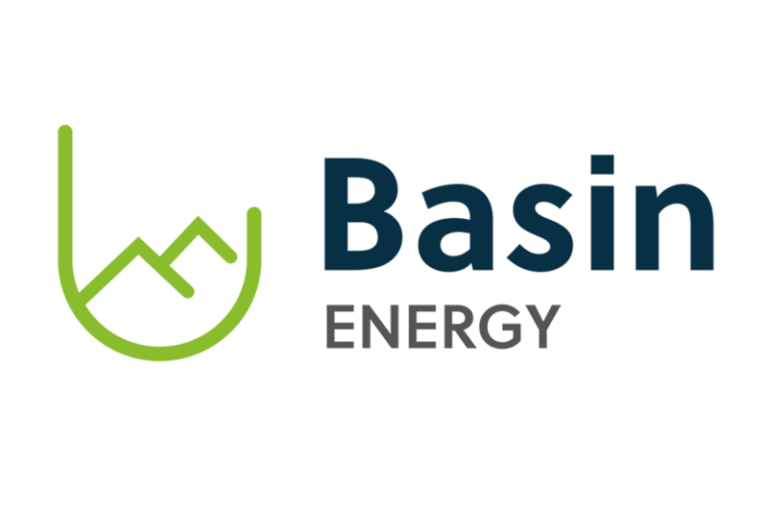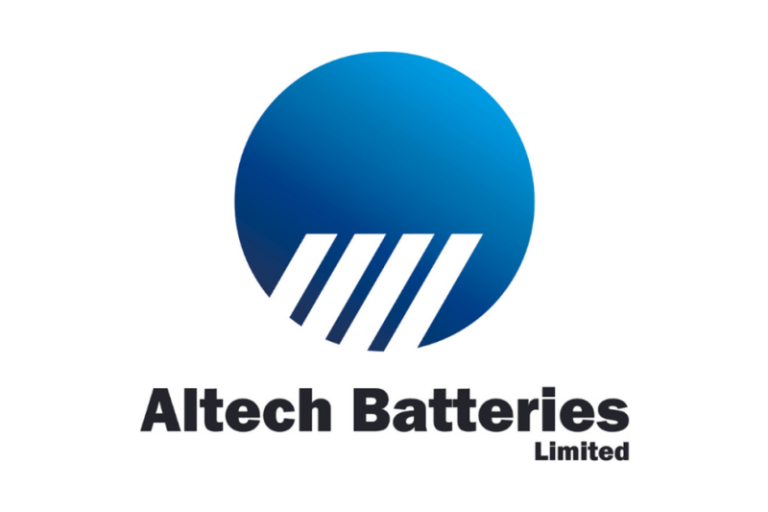Perth, Australia (ABN Newswire) – Basin Energy Limited (ASX:BSN) (OTCMKTS:BSNEF) announced that it has entered into a binding letter of intent (‘LOI’) with Green Canada Corporation Inc (‘GCC’), a 54% owned subsidiary of PTX Metals Inc. (CVE:PTX) to sell the Marshall Uranium Project (‘Marshall’), located in Saskatchewan, Canada.
Key Highlights
– Basin to sell 100% of Marshall Uranium Project to Green Canada Corporation Inc (‘GCC’).
– GCC progressing toward public listing on Canadian Stock Exchange, in conjunction with a reverse takeover of Maackk Capital Corp.
– Basin will receive consideration of up to:
o C$600,000 payable in cash in four equal annual instalments;
o C$300,000 payable in shares over three equal annual instalments; and
o 9.99% of the total issued capital of the newly listed entity.
– GCC to conduct minimum of C$1.5 million of exploration expenditures over 24 months.
– Basin to retain a 25% project level buyback option and three-year Right of first refusal (ROFR) on any future sale.
– Transaction retains exploration upside to Basin shareholders at Marshall and broadens Basin’s leverage to quality uranium assets within the GCC portfolio specifically targeting Canadian unconformity mineralisation in the Baker and Amer Basins in Nunavut and the Otish Basin in Quebec.
– Transaction sharpens Basin’s strategic focus on shallow discovery opportunities.
– Basin and CanAlaska Uranium Ltd (CVE:CVV) (‘CanAlaska’) have also granted GCC a 9- month exclusivity for the North Millennium Project.
The transaction is proposed to occur in parallel to a proposed Reverse Takeover (‘RTO’) by GCC of Maackk Capital Corp (‘MAACKK’) and concurrent minimum C$2.5 million financing and admission to the Canadian Securities Exchange (‘CSE’) or such other stock exchange as may be mutually agreed upon by the parties.
In addition to the Marshall agreement, Basin and CanAlaska have agreed to grant GCC a 9-month exclusivity right to conduct due diligence and, if satisfactory, negotiate the terms of an earn-in option to acquire up to a 51% interest in the North Millennium joint venture project of CanAlaska and BSN.
Managing Director, Pete Moorhouse commented:
‘We are pleased to enter into an agreement and partnership with Green Canada Corporation to advance the Marshall project. The GCC team are well positioned to add value for Basin Shareholders both through the drill testing of the compelling targets at Marshall, and with the broader exposure to the GCC asset base.
We look forward to seeing these assets advance, whilst Basin retains focus on high-grade shallow opportunities’
Terms of the Deal
In consideration, GCC has agreed to the following payments to Basin:
– C$600,000 payable in cash in four equal annual instalments, with the first payment due on closing of the transaction;
– C$300,000 payable in shares, issuable in three equal annual instalments based on the 5-day Volume-Weighted Average Price on the business day immediately preceding the date of issuance; and
– 9.99% of the total issued and outstanding resulting issuer shares on a non-diluted basis after giving effect to the concurrent financing at the time of closing of the proposed RTO, subject to 12-month escrow.
Basin will receive an additional 400,000 shares in the resulting issuer upon closing of the RTO in return for granting the 9-month exclusivity right in the North Millennium joint venture.
Basin will have a right of first refusal on any sale of the Marshall Project by GCC for a period of three years following the closing date of the transaction. In addition, Basin will retain a repurchase right to acquire from GCC a 25% interest in the Marshall Project for C$1,000,000 for a period commencing on the closing date and ending on the earlier of: the date that is five years from the closing date or the date on which GCC has incurred total exploration expenditures of C$10,000,000 on the Marshall Project.
Pursuant to the terms of the LOI, GCC is required to fund exploration expenditures for an initial work program on the Marshall Project to be carried out within twenty-four months from the closing. The Initial Work Program will have a budget in an amount that is the greater of C$1,500,000, and the minimum amount required to maintain the mineral claims comprising the Marshall Project in good standing under applicable governmental regulations.
Basin will also have the right to nominate one director to the board of the resulting issuer.
GCC will retain the right to withdraw from the transaction at any time after the closing of the transaction, in which case the project will return to Basin and no further payments will be required.
The transaction is conditional on final due diligence from GCC, the completion of the RTO of MAACKK and GCC’s concurrent C$2.5 million minimum capital raise.
About Green Canada Corporation
GCC is a 54% owned subsidiary of PTX Metals Inc. (CVE:PTX) and a uranium exploration company with a portfolio of projects located in Thelon Basin, Nunavut, the Athabasca Basin, Saskatchewan and Quebec. Concurrent to the LOI to acquire Basin’s Marshall project, GCC announced that it has entered into a binding letter of intent with MAACKK pursuant to which GCC and MAACKK intend to complete a transaction that would result in a reverse take-over of MAACKK by the shareholders of GCC (the ‘Proposed RTO’). Closing of the Proposed RTO will be subject to, among other things, requisite regulatory approval for the listing of the resulting issuer of the Proposed RTO (the ‘Resulting Issuer’) on the Canadian Securities Exchange or such other stock exchange as may be mutually agreed upon by the parties, along with completion of concurrent financing and execution of the definitive agreements in respect of the acquisition of the Marshall project.
Upon completion of the Proposed RTO, the current directors and officers of MAACKK will resign and it is anticipated that the board of directors of the Resulting Issuer will be reconstituted to consist of Richard J. Mazur, Greg Ferron, Olivier Crottaz and a representative from the Basin.
About the Marshall and North Millennium Projects
The Marshall project is 100% owned by Basin, and the North Millennium Project is under joint venture agreement on a 40:60 basis with CanAlaska.
The Marshall and North Millennium projects are located less than 11 km from Cameco Corporation’s Millennium deposit (104.8Mlb at 3.8% U3O8) and around 40 km from the prolific McArthur River uranium mine, one of the world’s highest-grade uranium operations, refer to Figure 1*. Both projects are deemed prospective for unconformity style uranium exploration.
In 2024, ground electromagnetics (‘EM’) at Marshall identified three main targets which confirms the geological and exploration model. Of note is Target 1, refer to Figure 2*, where modelled EM plates below the unconformity align with a sandstone Z-Tipper Axis Electromagnetic (‘ZTEM’) anomaly, which is interpreted to be alteration within sandstone. The identification of these targets is encouraging and consistent with regional trends in the southeastern Athabasca and provides increased confidence in drill hole targeting.
*To view tables and figures, please visit:
https://abnnewswire.net/lnk/F491N9T7
About Basin Energy Ltd:
Basin Energy Ltd (ASX:BSN) (OTCMKTS:BSNEF) is a green energy metals exploration and development company with an interest in three highly prospective projects positioned in the southeast corner and margins of the world-renowned Athabasca Basin in Canada and has recently acquired a significant portfolio of Green Energy Metals exploration assets located in Scandinavia.
Source:
Basin Energy Ltd
Contact:
Pete Moorhouse
Managing Director
pete.m@basinenergy.com.au
+61 7 3667 7449
Chloe Hayes
Investor and Media Relations
chloe@janemorganmanagement.com.au
+61 458619317










